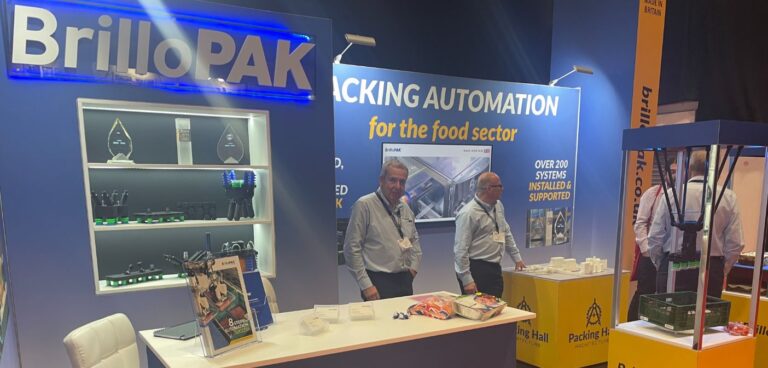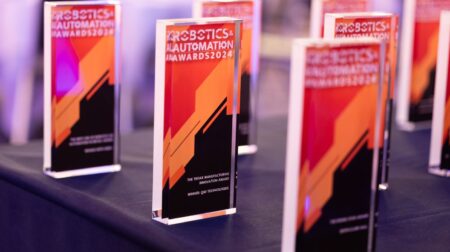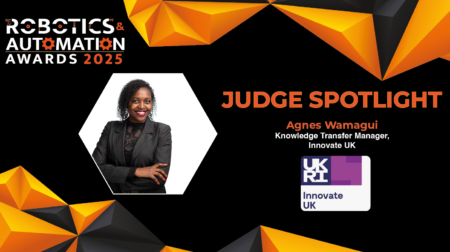Automation should not be feared and proven industry technology combined with proper planning can prevent myriad issues, while delivering significant performance increases, Peter Newman, director at Brillopak (Stand 204), has declared at Robotics and Automation 2022.
“Investment in automation in food packing is no longer a medium-term aspiration, it is now a short-term business imperative,” said Newman. “And with an optimum combination of class-leading technology and a partner that understands every facet of the evolutionary process, you can quickly reap the throughput rewards and avoid all the planning, architectural and logistical pitfalls.”
According to Newman, the push to automate is being driven by end-users; the proliferation of digital supply chains, which thrive on end-to-end operational data; labour market shortages, evolution and migration; and efficiency, agility and speed of response becoming ever-more essential metrics for customers.
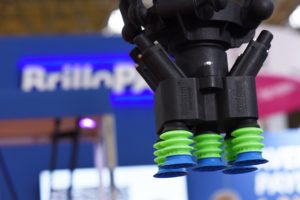
“Brillopak knows that deploying automation is a big step, as it can be very different to manual operations,” said Newman. “There is also an element of perceived risk.” Indeed, the company claims to have heard from many food processors and packers who are not fully utilising their new automation equipment, often for “simple reasons that were overlooked at the planning stage”.
According to Newman, these can include simply not asking ‘why are we automating?’, a failure to create forward-looking requirements plans, engineers and operators being reluctant to use more complex technology, failure to consider future business when planning and failure to involve all stakeholders.
To address these issues, Newman recommends partnering with a manufacturer that can act as an expert guide, as end-users prepare and transition into automation – from planning through design, deployment, evaluation, and enhancement, and onto carefully phased and fully scaled operations.
As visitors to the show are discovering, Brillopak can help create an automation action plan that delivers desired improvements in operations efficiency and a quick payback. To that end, the company has created a multi-stage agenda that captures all plant, project and business requirements and addresses many of the issues before they appear.
Step one is a full plant audit and requirements capture, where Brillopak ask the questions ‘why are you automating?’ and ‘what are your business goals, drivers and needs?’ In step 2, the company looks at the plant architecture to assess space, utilities, flow and potential. The company then looks at the packaging, in terms of the product, the package types, the primary materials and the desired throughput, to define the robotic systems.
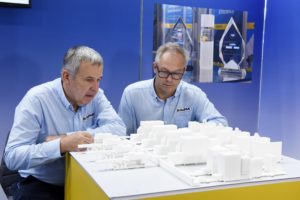
End-of-line packaging machine design is next, where Brillopak examines any unique product/plant/customer factors that could influence design/operation. This includes looking at workforce preparation, especially at skill and staffing levels and discussing what will be needed in the future in terms of maintenance and service.
Once this has been finalised, Brillopak can examine the installation, test and commissioning of new automation solutions, minimising downtime and ensuring engineering teams are part of the process as early as possible.
The final step is to study future requirements and how a phased approach can take you onto the next evolutionary steps. We can look at how we can help you to enhance and grow your initial installation.
Maybe add a second packer and additional conveyors and then copy this three-machine format and co-locate. At each phase we will examine the lessons learnt to define best practice for the next stage. You can grow and expand at your own pace and set operational and financial stage gates to suit your precise needs.
Brillopak’s robotic case-loading systems include single-system solutions and those for end-to-end packing lines, including pack-management conveyor systems, robotic product loaders, crate de-stackers, bale arm closers and palletisers.

